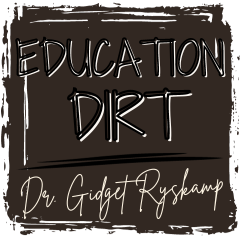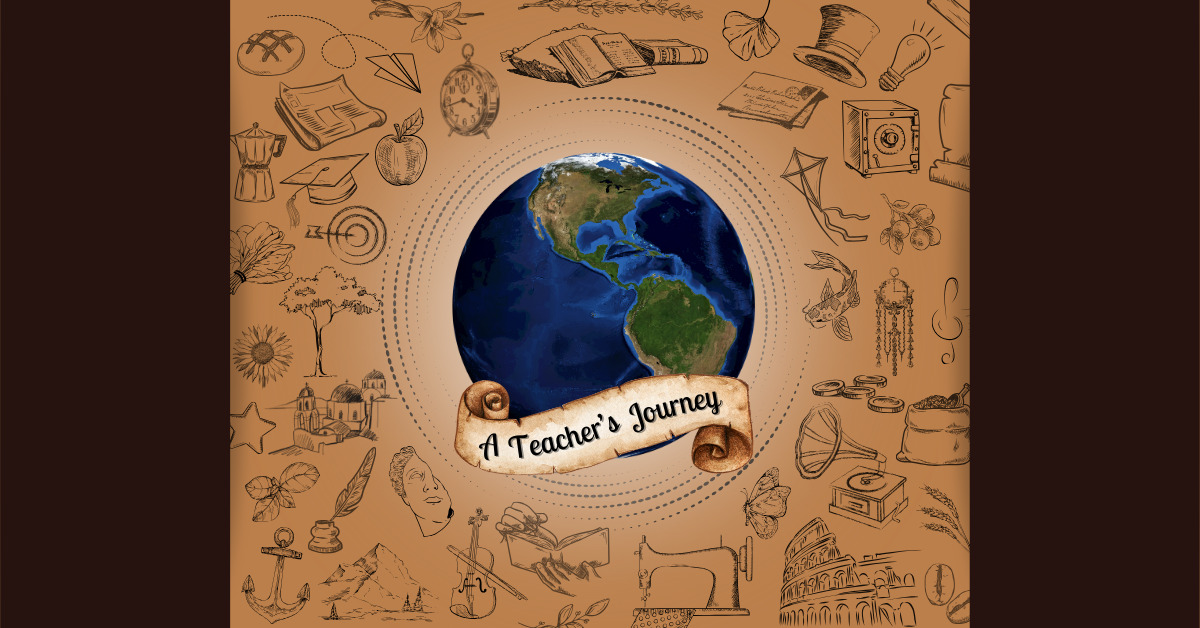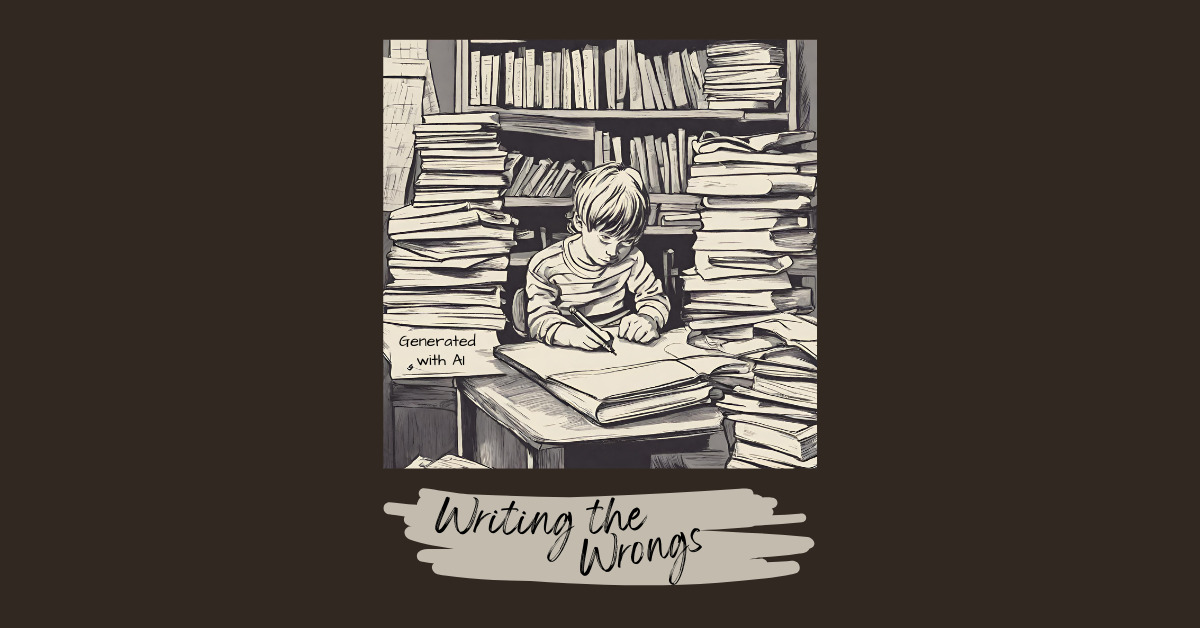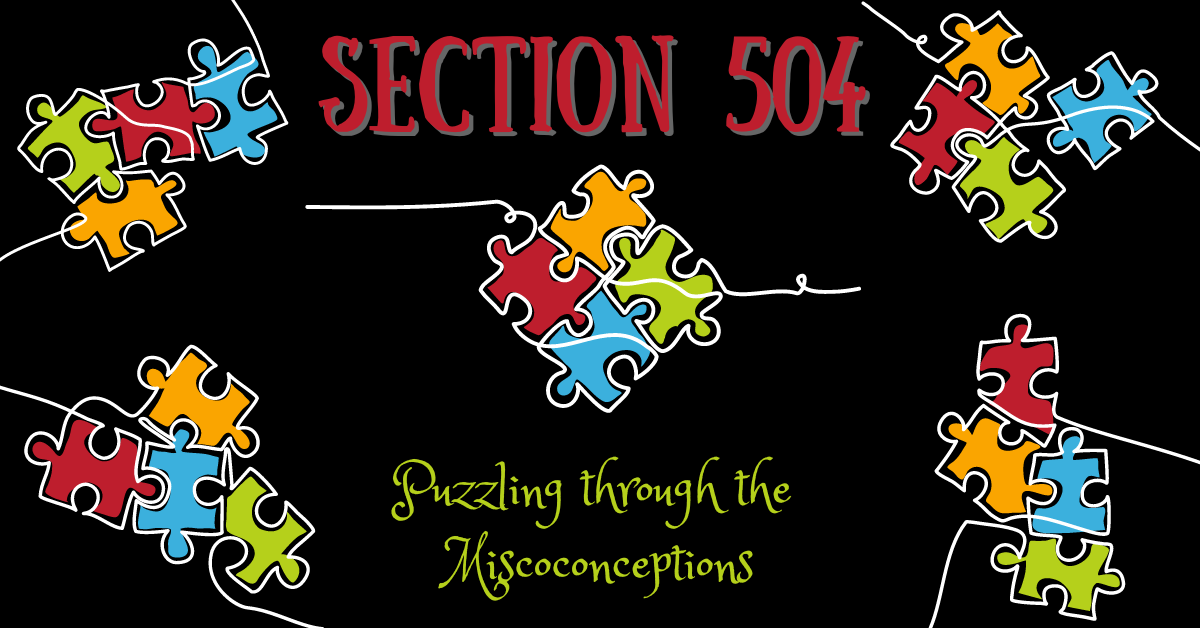Embarking on a career in teaching is an exciting and rewarding journey. Educators are entrusted with the crucial task of shaping young minds and fostering a love for learning. While traditional paths to becoming a teacher often involve extensive preparation and formal education, there is an undeniable truth that transcends textbooks and lesson plans – the profound importance of learning as you go in the teaching profession.
Having earned a secondary teaching certificate through a comprehensive educational program at an accredited university, which encompassed coursework in child psychology, special education, classroom management, and curriculum and instruction, I soon realized that despite my formal education, there was much I had yet to learn. In truth, my journey as an educator began with the humbling recognition that my knowledge was, in fact, quite limited. I found myself in a learn as you go situation.

The Dynamic Nature of Teaching
Teaching is an ever-evolving profession, influenced by changing educational trends, diverse student needs, and advancements in technology. Despite the best-laid plans, the classroom can be an unpredictable environment, and the ability to adapt and learn on the fly is a valuable skill for any teacher. Learning as you go isn’t a sign of inadequacy; rather, it is a testament to the dynamic nature of the teaching profession.
Throughout my 23-year tenure in education, I’ve witnessed significant transformations in schools. One such transformation is school Codes of Conduct. These codes have undergone revisions to more effectively address the challenges modern students encounter, incorporating policies on zero-tolerance, cell phone usage, and cyberbullying. Teachers now must familiarize themselves with the proper implementation of these policies, understanding how to respond when students violate the established rules. To delve deeper into the topic of Codes of Conduct, you can explore “Codes of Conduct: Background” by FindLaw.
Flexibility and Adaptability
One of the key benefits of learning as you go in teaching is the development of flexibility and adaptability. No two students are exactly alike, and what works in one classroom may not be as effective in another. By embracing the unexpected and adjusting your teaching approach accordingly, you not only meet the diverse needs of your students but also cultivate a more enriching and inclusive learning environment.
Following my initial year in teaching, I found myself handed a pink slip due to proration, compelling me to reconsider my plans for the upcoming year. In an era where qualified educators are in high demand, it may seem perplexing that I commenced my career during a period when schools were compelled to downsize staff due to insufficient or restricted funding. While optimistic about being rehired once budgets were approved and funding was secured, I had to come to terms with the shifting landscape of education and ultimately embrace a position at a different school. Another example of how education is a learn as you go profession.
Real-World Application
Theoretical knowledge gained in teacher preparation programs provides a solid foundation, but the true test comes in the classroom. Learning as you go allows educators to bridge the gap between theory and real-world application. It’s in the everyday interactions with students, the challenges faced, and the victories celebrated that a teacher truly hones their craft.
Throughout my formal training, like many educators who undergo an education program, I became adept at crafting comprehensive lesson plans. These plans were detailed, including objectives, required materials, instructional and learning components, and assessments of students’ progress. As an assistant professor, I even taught the art of lesson planning using an extensive template.
While these meticulously designed plans serve as invaluable tools in preparing teachers for instruction, they fall short in equipping educators for the myriad of challenges encountered in a bustling classroom. The diverse array of personalities and behaviors create a dynamic environment, necessitating teachers to not only apply the knowledge gleaned from their education programs but also continuously learn and adapt based on their experiences. Classroom realities extend beyond the confines of a lesson plan, requiring a teacher’s ability to navigate unforeseen circumstances and learn from the ever-evolving landscape of student interactions and behaviors.
Continuous Professional Growth
Teaching is a profession that encourages continuous learning and growth. As you navigate the complexities of the classroom, you discover innovative teaching methods, effective classroom management strategies, and new ways to engage and inspire your students. Learning as you go becomes a catalyst for continuous professional development, fostering a mindset of lifelong learning that benefits both educators and their students.
A genuine appreciation for the multifaceted role of teachers often eludes many. The extensive efforts teachers invest in cultivating an effective learning environment are often underestimated. Beyond the hours spent in classrooms, teachers dedicate countless hours to training sessions, research on diverse classroom-related subjects, collaborative efforts with peers, daily planning, and consistent communication with parents and students. It’s not just a commitment of time; teachers willingly invest their own resources, both in terms of personal time and money, to finance a significant portion of their professional development.
Building Resilience
The teaching profession is not without its challenges, and learning as you go builds resilience. Whether it’s handling unexpected disruptions, adapting to new curriculum standards, or addressing the diverse needs of your students, each experience contributes to your growth as an educator. Resilience is a valuable quality that not only sustains teachers through the tough times but also serves as a model for students, showing them the importance of perseverance in the face of challenges.
The problem of teacher attrition is widely acknowledged in the United States, yet insufficient measures are being taken to address this issue. The unique advantage teachers possess is the ability to apply their acquired knowledge and skills in alternative professions. While the necessity for teachers is evident, and the desire to see the teaching profession flourish is strong, the concerning rate at which educators are departing doesn’t bode well for the future of our students. For more in-depth insights into teacher shortage statistics, consider reading the article “These 2023 Teacher Shortage Statistics Prove We Need To Fix This Profession” by We Are Teachers.
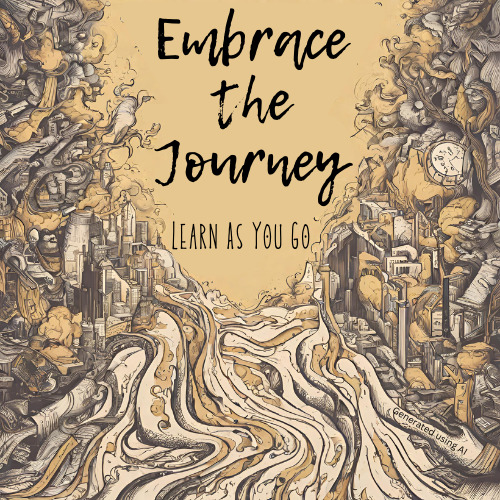
Embrace the Journey
Learning as you go in the teaching profession is not a deficiency but a strength. It’s a journey of continuous discovery, growth, and adaptation. As educators, we are not just disseminators of knowledge; we are lifelong learners, navigating the dynamic landscape of education with enthusiasm and resilience. Embracing the journey of learning as you go into teaching is not just a choice; it’s an integral part of the ever-evolving tapestry of education.
To every teacher making a difference, I applaud your unwavering commitment to impart knowledge to our youth. Your strength and the respect you command are recognized by many. Always keep in mind that it’s okay to learn as you go, and remember to embrace the journey!
References
FindLaw’s legal team. (2023, October 6). Student codes of conduct: Background. FindLaw. https://www.findlaw.com/education/student-conduct-and-discipline/student-codes-of-conduct-background.html
We are teachers staff. (2023, June 27). These 2023 teacher shortage statistics prove we need to fix this profession. We Are Teachers. https://www.weareteachers.com/teacher-shortage-statistics/
